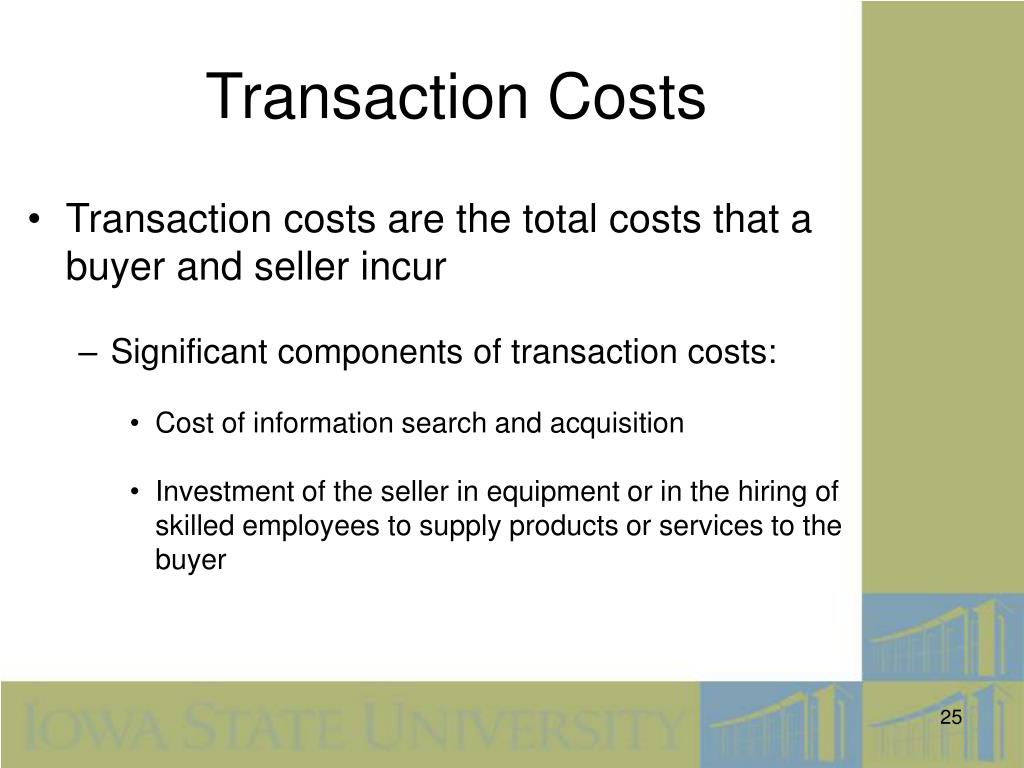

Nevertheless, the new institutional economics has provided relevant arguments on political transactions and organization too, but these arguments have not been so systematically treated. Shirley (2005), Handbook of New Institutional Economics. This new institutional literature is well known in economics and has contributed to the economic mainstream on institutions and organizations since the end of the 20th Century ( Ménard and Shirley, 2005 Menard, C. Cambridge: Cambridge University Press.) presented institutions as the "rules of the game" in society and showed how institutions have an influence on transaction costs. (1990a), Institutions, Institutional Change and Economic Performance. 1-44.) enabled the justification of the importance of transaction costs in economics and North (1990a North, D.

(1960), "The problem of social cost", Journal of Law and Economics, V. (1937), "The nature of the firm", Economica, N. (2000), "The new institutional economics: taking stock, looking ahead", Journal of Economic Literature, Vol.38, pp. (1984), "The New Institutional Economics", Journal of Theoretical and Institutional Economics, Vol. This new institutional approach highlighted the role of transaction costs in economic exchange and explained how institutions affected the volume of transaction costs and efficiency in economy ( Coase, 1984 Coase, R. (1985), The Economics Institutions of Capitalism: Firms, Markets, Relational Contracting.
#Transaction cost free#
New York: The Free Press., 1985 Williamson, O. This institutional approach is focused on how hierarchy reduces transaction costs and safeguards specific assets in economic exchange ( Williamson, 1975 Williamson, O. More recently, the new institutional economics has defined a hierarchy as those transactions that are placed under unified ownership (buyer and supplier in the same enterprise) and subject to administrative controls (an authority relation, to include fiat) (Williamson, 1996). (2009), "Hobbesian hierarchy: the political economy of political organization", Annual Review of Political Science, 12, pp.

Those theories include the traditional view that assumed that humans naturally organized themselves into hierarchies, the distributional approach that defended that hierarchies were explained by inequalities, and the social constructivist approach that understood hierarchies as socially constructed forms of political power embedded in appropriate roles and norms of behaviour ( Lake, 2009 Lake, D. Diverse traditional theories have studied political hierarchy. The findings indicate that the transaction costs borne by the owner can be minimized if the owner minimizes the uncertainties inherent in the transaction environment by (1) ensuring the engineering design is as complete as possible before bids are sought from contractors, (2) exploring the possibility of adopting integrated project delivery methods that would allow the owner to engage the services of a contractor early in the design phase, (3) agreeing to share some of the risks with the contractors, (4) understanding well the behavior of contractors, and (5) paying close attention to project management efficiency.Understanding political organization requires the study of hierarchy, which is a governance structure in which each type of actors assumes a different level of responsibility and each actor has more or less political authority over other actors. A structural equation model is tested on data collected by means of a survey administered to construction owners. The objective of this paper is to identify methods to minimize the transaction costs borne by the construction owner. However, understanding transaction costs is difficult because of the inconsistency and ambiguity in defining transaction costs in the literature. Transaction costs constitute an important part of the construction owner’s budget. Transaction costs include but are not limited to the costs of preparing the bidding package, estimating, drawing up a contract, administering the contract, and dealing with any deviations from contract conditions. The actual cost of a construction project is comprised of not only production costs, but also transaction costs.


 0 kommentar(er)
0 kommentar(er)
